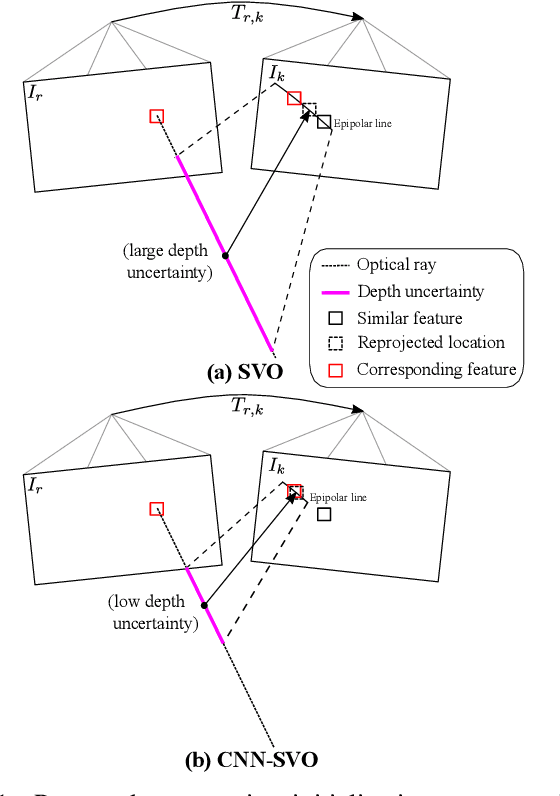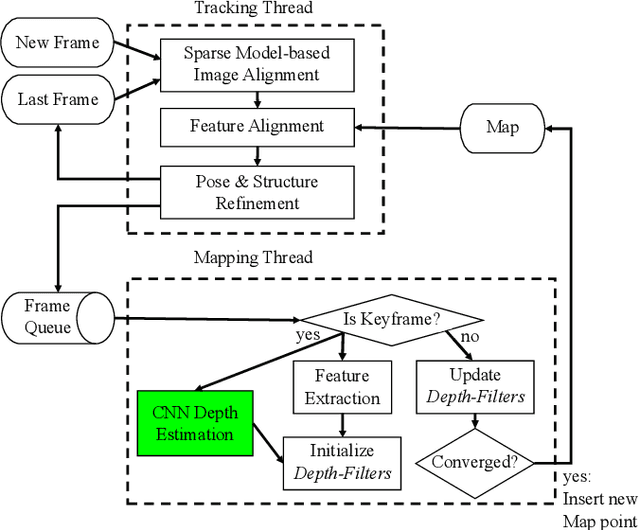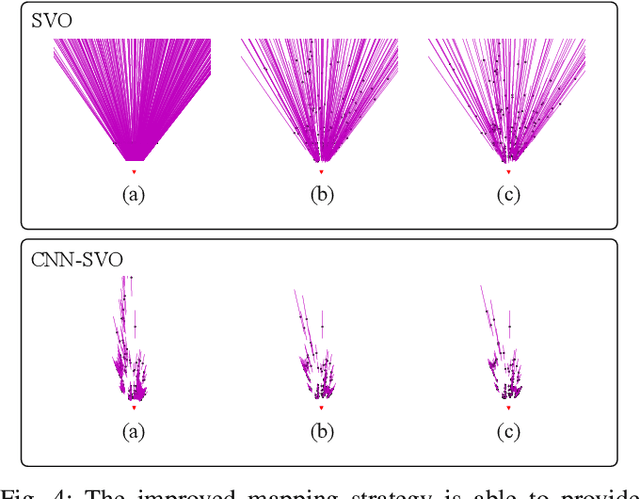Ali Jahani Amiri
Semi-Supervised Monocular Depth Estimation with Left-Right Consistency Using Deep Neural Network
May 18, 2019



Abstract:There has been tremendous research progress in estimating the depth of a scene from a monocular camera image. Existing methods for single-image depth prediction are exclusively based on deep neural networks, and their training can be unsupervised using stereo image pairs, supervised using LiDAR point clouds, or semi-supervised using both stereo and LiDAR. In general, semi-supervised training is preferred as it does not suffer from the weaknesses of either supervised training, resulting from the difference in the cameras and the LiDARs field of view, or unsupervised training, resulting from the poor depth accuracy that can be recovered from a stereo pair. In this paper, we present our research in single image depth prediction using semi-supervised training that outperforms the state-of-the-art. We achieve this through a loss function that explicitly exploits left-right consistency in a stereo reconstruction, which has not been adopted in previous semi-supervised training. In addition, we describe the correct use of ground truth depth derived from LiDAR that can significantly reduce prediction error. The performance of our depth prediction model is evaluated on popular datasets, and the importance of each aspect of our semi-supervised training approach is demonstrated through experimental results. Our deep neural network model has been made publicly available.
CNN-SVO: Improving the Mapping in Semi-Direct Visual Odometry Using Single-Image Depth Prediction
Oct 01, 2018



Abstract:Reliable feature correspondence between frames is a critical step in visual odometry (VO) and visual simultaneous localization and mapping (V-SLAM) algorithms. In comparison with existing VO and V-SLAM algorithms, semi-direct visual odometry (SVO) has two main advantages that lead to state-of-the-art frame rate camera motion estimation: direct pixel correspondence and efficient implementation of probabilistic mapping method. This paper improves the SVO mapping by initializing the mean and the variance of the depth at a feature location according to the depth prediction from a single-image depth prediction network. By significantly reducing the depth uncertainty of the initialized map point (i.e., small variance centred about the depth prediction), the benefits are twofold: reliable feature correspondence between views and fast convergence to the true depth in order to create new map points. We evaluate our method with two outdoor datasets: KITTI dataset and Oxford Robotcar dataset. The experimental results indicate that the improved SVO mapping results in increased robustness and camera tracking accuracy.
 Add to Chrome
Add to Chrome Add to Firefox
Add to Firefox Add to Edge
Add to Edge